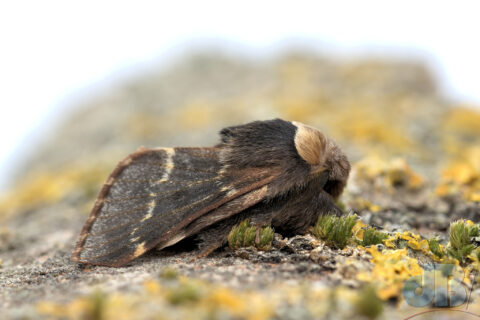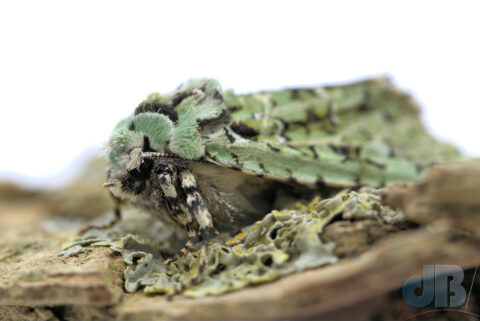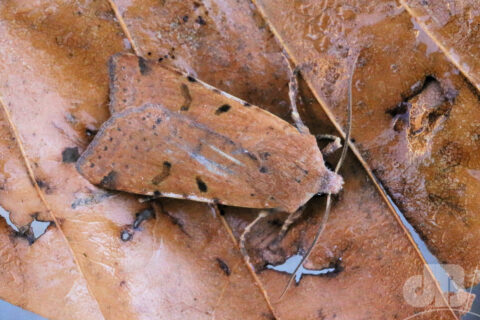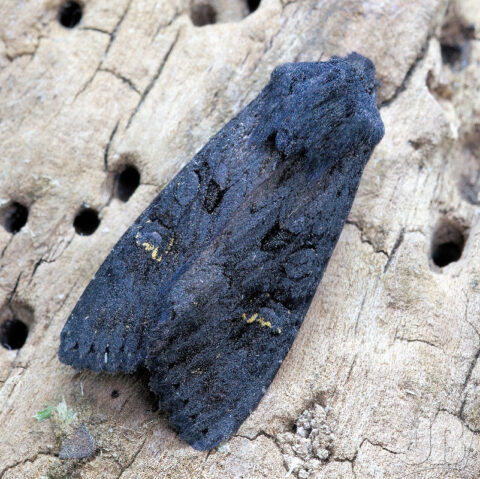TL:DR – Many species of moth are important nocturnal pollinators.
2018 was the year I took a serious interest in studying moths in my garden having been loaned a scientific mothtrap by a friend in the village. It was late July that year that I fell in love with the “nocturnal” Lepidoptera.

By the September, I’d recorded about 120 species of animal I’d never noticed, seen, nor observed ever before. In subsequent years I added yet more species. There are about 1600 moth species in the UK and I have ticked 464 (as of 1 April 2023). That same month there was some research demonstrating once again why moths matter and why we should not dismiss these remarkable creatures. The paper:
Construction, validation, and application of nocturnal pollen transport networks in an agro-ecosystem: a comparison using light microscopy and DNA metabarcoding
Callum J. Macgregor, James J. N. Kitson, Richard Fox, Christoph Hahn, David H. Lunt, Michael J. O. Pocock, Darren M. Evans First published: 17 September 2018 https://doi.org/10.1111/een.12674
The study compared two methods, light microscopy and DNA metabarcoding, for constructing pollen-transport networks of nocturnal moths, with a focus on their feeding mouthparts. The researchers found that DNA metabarcoding detected more pollen on individual moths and more interactions per moth species compared to microscopy.

The results also showed that the pollen-transport network metrics differed between the two methods due to their varying abilities to detect multiple pollen types per moth and to separate morphologically similar or related pollen. The team also demonstrated some unexpected moth-plant interactions using metabarcoding, revealing new insights into nocturnal pollination systems.

The authors suggest that while the two methods revealed similar yet distinct networks, the potential applications of metabarcoding for studying plant-pollinator interaction networks, especially for understudied pollinators like moths, are encouraging.
